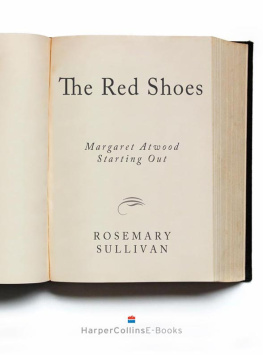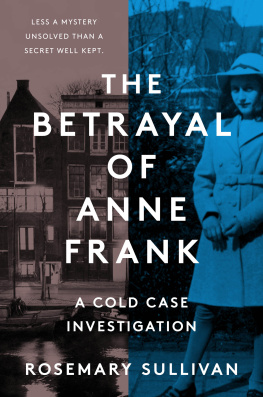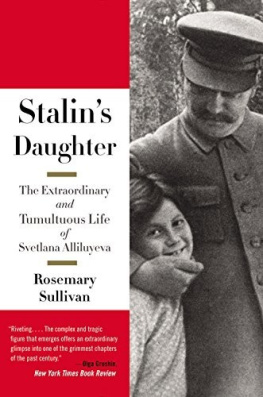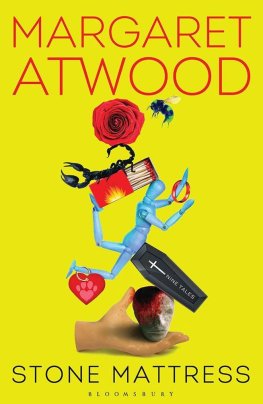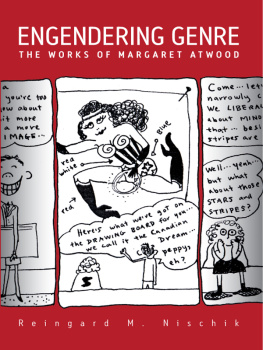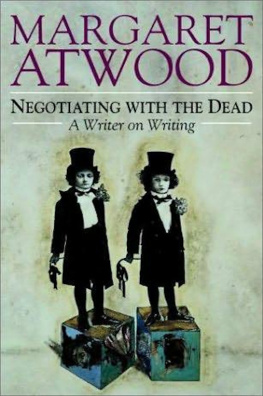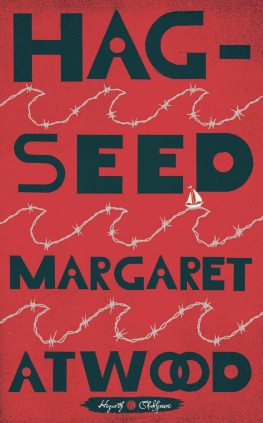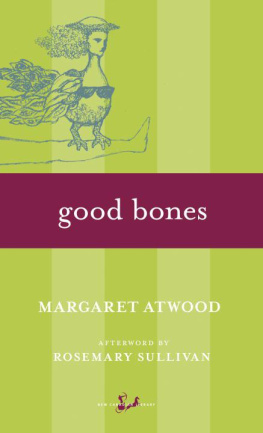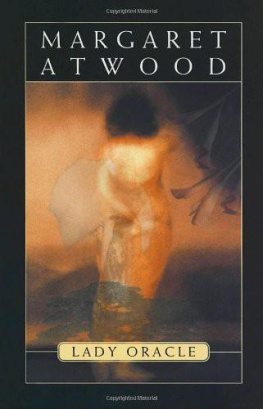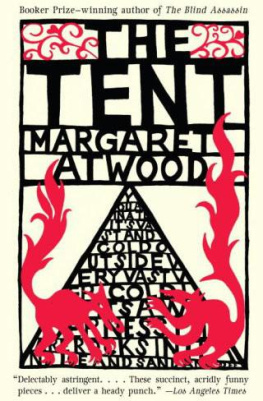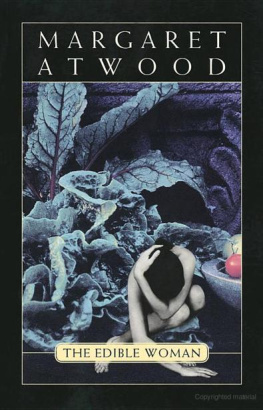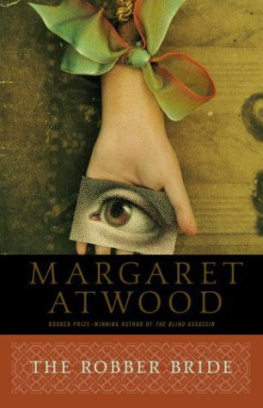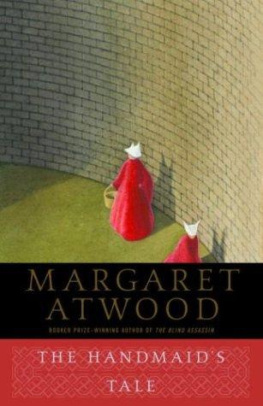Rosemary Sullivan - The Red Shoes: Margaret Atwood Starting Out
Here you can read online Rosemary Sullivan - The Red Shoes: Margaret Atwood Starting Out full text of the book (entire story) in english for free. Download pdf and epub, get meaning, cover and reviews about this ebook. year: 2012, publisher: HarperCollins Canada, genre: Detective and thriller. Description of the work, (preface) as well as reviews are available. Best literature library LitArk.com created for fans of good reading and offers a wide selection of genres:
Romance novel
Science fiction
Adventure
Detective
Science
History
Home and family
Prose
Art
Politics
Computer
Non-fiction
Religion
Business
Children
Humor
Choose a favorite category and find really read worthwhile books. Enjoy immersion in the world of imagination, feel the emotions of the characters or learn something new for yourself, make an fascinating discovery.
- Book:The Red Shoes: Margaret Atwood Starting Out
- Author:
- Publisher:HarperCollins Canada
- Genre:
- Year:2012
- Rating:4 / 5
- Favourites:Add to favourites
- Your mark:
The Red Shoes: Margaret Atwood Starting Out: summary, description and annotation
We offer to read an annotation, description, summary or preface (depends on what the author of the book "The Red Shoes: Margaret Atwood Starting Out" wrote himself). If you haven't found the necessary information about the book — write in the comments, we will try to find it.
International award-winning and best-selling author, Canadian cultural icon, feminist role model, man-hater, wife, mother, private citizen and household name who is Margaret Atwood? Rosemary Sullivan, award-winning literary biographer, has penned The Red Shoes: Margaret Atwood Starting Out, the first portrait of Canadas most famous novelist, focusing on her childhood and formative years as a writer and the generation she grew up in.
When Margaret Atwood was a little girl in 1949, she saw a movie called The Red Shoes. It is the story of a beautiful young woman who becomes a famous ballerina, but commits suicide when she cannot satisfy one man, who wants her to devote her entire life to her art, and another who loves her, but subjugates her to become his muse and inspiration. She struggles to choose art, but the choice eventually destroys her.
Margaret Atwood remembers being devastated by this movie but unlike many young girls of her time, she escaped its underlying message. Always sustained by a strong sense of self, Atwood would achieve a meteoric literary career. Yet a nurturing sense of self-confidence is just one fascinating side of our most famous literary figure, as examined in Rosemary Sullivans latest biography. The Red Shoes is not a simple biography but a portrait of a complex, intriguing woman and her generation.
The seventies in Canada was the decade of fierce nationalist debate, a period during which Canadas social imagination was creating a new tradition. Suddenly everyone, from Robertson Davies to Margaret Laurence was talking, and writing, about a Canadian cultural identity. Margaret Atwood was no exception.
For despite her tremendous success that transcends the literary community, catapulting into the realm of a household name, Margaret Atwood has remained very much a private person with a public persona.
Rosemary Sullivan reveals the discrepancy between Atwoods cool, acerbic, public image and the down-to-earth, straight-dealing and generous woman who actually writes the books. Throughout, she weaves the issues of female creativity, authority and autonomy set against the backdrop of a generation of women coming of age during one of the most radically shifting times in contemporary history.
Rosemary Sullivan: author's other books
Who wrote The Red Shoes: Margaret Atwood Starting Out? Find out the surname, the name of the author of the book and a list of all author's works by series.

